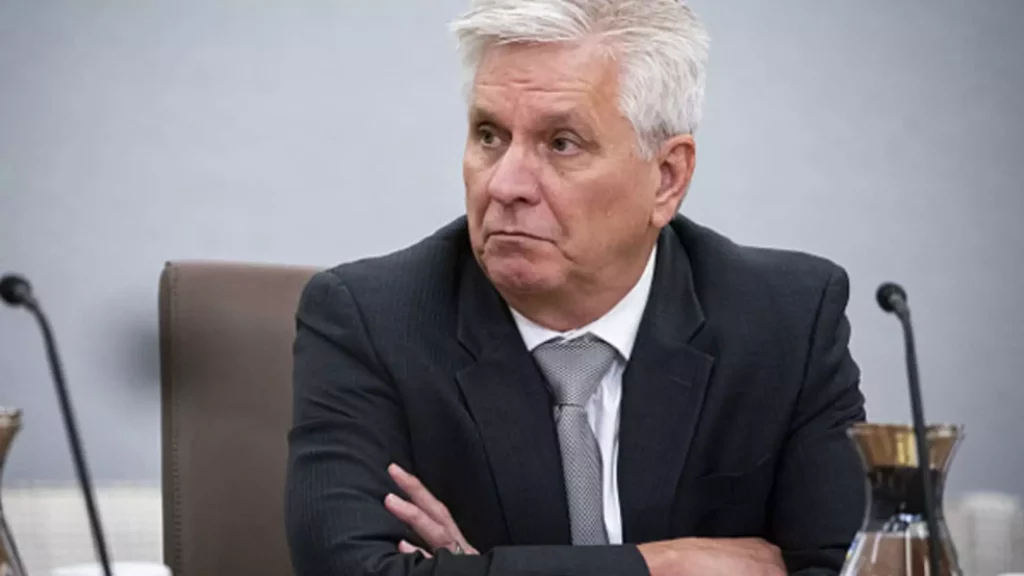![]()
Federal Reserve Governor Christopher Waller recently made statements suggesting that he does not believe further interest rate increases are necessary at the moment. He highlighted various data points showing that inflation seems to be easing, but mentioned that he would require more substantial evidence before backing any interest rate cuts.
Waller pointed to a range of recent economic indicators, including trends in retail sales and a cooling off in the manufacturing and services sectors, to support his stance on interest rates. These data points suggest that the Fed’s previous rate hikes have helped curb demand and stabilize inflation rates. While payroll numbers have remained strong, other internal metrics indicate a softening in the labor market, which could impact inflation in the future.
Although Waller acknowledged the improving economic conditions and the modest decrease in inflation rates, he expressed hesitancy towards immediate interest rate cuts. He stated that without significant weakening in the labor market, he would need to see several more months of favorable inflation data before supporting any easing of monetary policy.
The announcement by Waller has prompted a reevaluation of market expectations for monetary policy. Initially, traders had priced in multiple rate cuts for the year, but higher-than-expected inflation data has shifted this outlook. The current expectation is that the first rate cut may not occur until September, with a maximum of two reductions by the end of the year, as per the CME Group’s FedWatch Tool.
Waller chose not to provide a specific timeline or extent for potential rate cuts, indicating that he is closely monitoring future inflation reports before making any decisive moves. He emphasized the need for substantial evidence of moderating inflation before considering any adjustments to the current monetary policy stance.
The recent statements by Federal Reserve Governor Christopher Waller reflect a cautious approach towards interest rates, balancing the need for economic stability with the potential risks of higher inflation. The data-driven decision-making process highlighted in his remarks indicates a thorough evaluation of various economic indicators before committing to any significant policy changes. Market participants will continue to monitor future developments closely to gauge the potential impact on investment strategies and overall economic outlook.

Leave a Reply